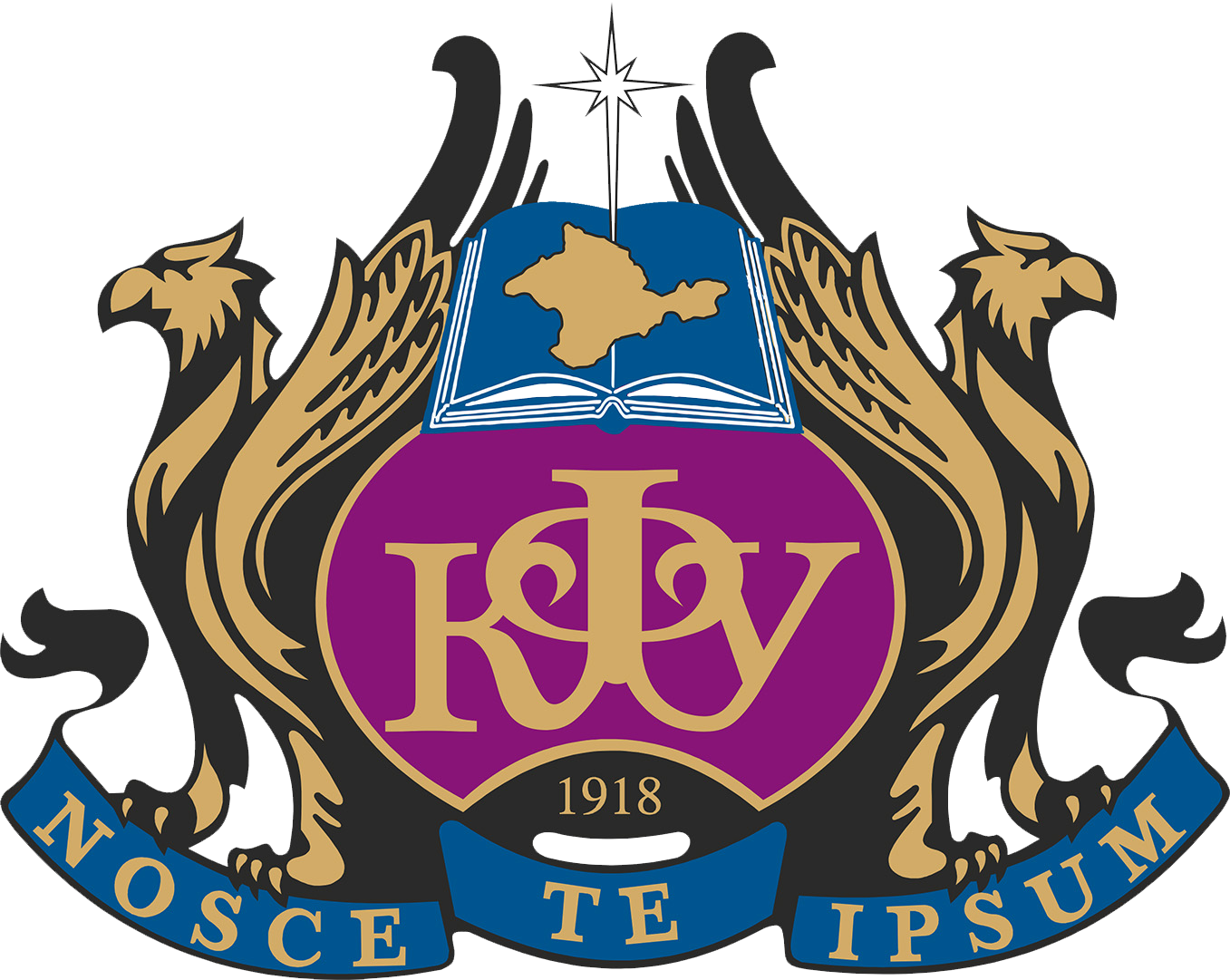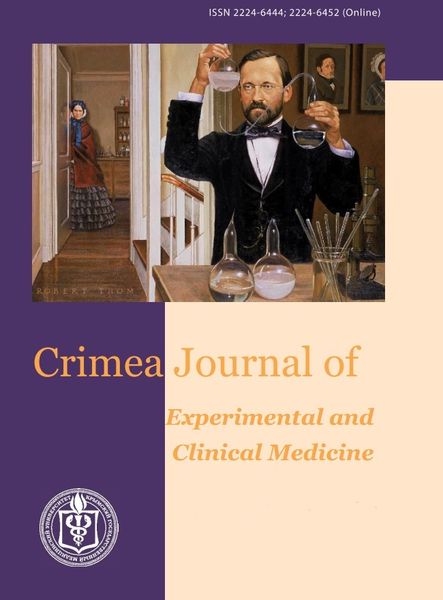Goal: to study the level of fibronectin in children with cerebral palsy and its dynamics under the influence of spa treatment using the robotic complex «Exokist». Material and methods. The study included 43 children with cerebral palsy, spastic diplegia form. The main group (MG) - 13 children, underwent a course of spa treatment(SRT) using pelloidotherapy. The comparison group (CG) - 18 children, were engaged in the robotic complex «Exokist». The control group (CG) - 12 patients, underwent a course of spa treatment (SRT) using electrical stimulation of the flexor and extensor muscles of the hand and fingers. All children underwent fibronectin testing in peripheral blood, electromyography, and clinical examination of manual activity before and after treatment. As a result of the treatment, positive dynamics were noted in all groups, more pronounced in the groups with the inclusion of muscle activity activating techniques (robotic hand and electrical stimulation) in the rehabilitation process. In all groups, adecrease in the FN level was noted from 774.62 ± 374.56 pg / ml to a level of 547.14 ± 328.58 pg / ml (p<0.05). The dynamics of coordination coefficients was positive and tended to decrease. Discussion. In patients with cerebral palsy, a decrease in the amplitude-frequency characteristics of EMG is recorded during maximum muscle contraction due to a violation of the central regulation of organic genesis. The dynamics of the coordination coefficients was positiveand tended to decrease. Thus, the inclusion of procedures activating muscle activity in the spa treatment has a positive effect on the manual activity of the child, which is confirmed by the EMG study data. Pellodotherapy does not have a pronounced positive effect on motor activity. In all groups, a decrease in the FN level was noted, which may indicate activation of tissue regeneration processes. Conclusion. Recovery processes occur in the child’s body under the influence of the spa treatment. However, a more pronounced clinical effect was observed after a course of stimulatingprocedures (electromyostimulation, classes on the robotic complex «Exokist»).
cerebral palsy, spa treatment, fibronectin, electromyography
1. Vasil'ev S. A., Gorgidze L. A., Efremov E. E., Belinin G. Yu., Moiseeva T. N., Al'-Radi L. S., Sokolova M. A., Guriya G.T., Zozulya N. I., Kohno A. V. Fibronektin: struktura, funkcii, klinicheskaya
2. Larina N. V., Pavlenko V. B., Korsunskaya L. L. i dr. Vozmozhnosti reabilitacii detey s sindromom DCP s primeneniem robotizirovannyh ustroystv i biologicheskoy obratnoy svyazi. Byulleten'
3. Ul'yanov V. Yu., Norkin I. A., Drozdova G. A., Konyuchenko E. A. Faktory rosta nervnoy tkani kak markery ocenki processov neyrogeneza pri travmaticheskoy bolezni spinnogo mozga.
4. Fizicheskaya i reabilitacionnaya medi-cina pri cerebral'nom paraliche u detey. Na-cional'noe rukovodstvo. Chast' II. pod red. T. T. Batyshevoy. M; 2021.
5. Korsunskaya L. L., Savchuk E. O., Larina N. V. i dr. Effektivnost' primeneniya kombi-nirovannoy metodiki «Neinvazivnyy inter-feys «Mozg – Komp'yuter – Ekzoskelet kisti» v sochetanii s nootropnoy
6. Neyroplastichnost' i vozmozhnosti so-vremennoy neyroreablitacii. Yusupov F.A., Yuldashev A. A. Byulleten' nauki i praktiki. 2022;8(3):251-273. doihttps://doi.org/10.33619/2414-2948/76/27. EDN: https://elibrary.ru/UTVGJM
7. Patel D., Neelakantan M., Karan K. Pandher, et al. Cerebral palsy in children: a clinical overview. Transl Pediatr. 2020; 9(1):125–135. doihttps://doi.org/10.21037/tp.2020.01.01. EDN: https://elibrary.ru/UUITEY
8. Galea S., McIntyre S., H. Smithers-Sheedy, et al. Cerebral palsy trends in Australia (1995-2009): a population-based observational study. Dev Med Child Neurol. 2019;61(2):186-193. doihttps://doi.org/10.1111/dmcn.14011.
9. Shin J., Yang S., Park C., et al. Comparative effects of passive and active mode robot-assig shted gait training on brain and muscular activities insub-acute and chronic stroke. NeuroRehabilitation. 2022;51(1):51-63. DOI: https://doi.org/10.3233/nre-210304; EDN: https://elibrary.ru/NCDNKW
10. Yaşar V., Atıcı E., Razaei D. A., Saldıran T. Effectiveness of Robot-Assisted Gait Training on Functional Skills in Children with Cerebral Palsy. J. Pediatr. Neurol. 2017;17(1):64. doihttps://doi.org/10.1055/s-0041-1725128. EDN: https://elibrary.ru/ZOFZGH
11. Sasithorn Sung-U, Badur Un Nisa, Kayano Yotsumoto, Rumi Tanemura. Effectiveness of robotic-assisted therapy for upper extremity function in children and adolescents with cerebral palsy: a systematic
12. James E Gehringer , Elizabeth Fortin, Swati M Surkar, et al. Hand-Arm Bimanual Intensive Training in Virtual Reality: A Feasibility Study. Pediatr Phys Ther. 2023;35(1):85-91. DOI: https://doi.org/10.1097/pep.0000000000000975; EDN: https://elibrary.ru/NLEYDI
13. Ju Seok Ryu, Jee Hyun Suh. Optimal frequency of physical therapy in young children with cerebral palsy: a retrospective pilot study. Dev Neurorehabil. 2023 Jan;26(1):37-43. doihttps://doi.org/10.1080/17518423.2022.2147595. EDN: https://elibrary.ru/JENUIR





